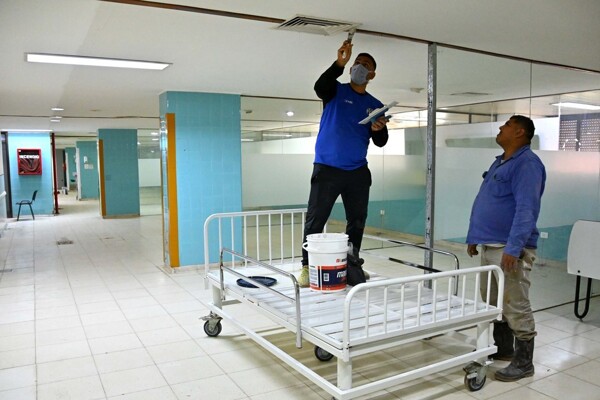
Specialists from the Institute of Computer Science and Engineering (ICIC, CONICET–UNS) have developed a tool based on artificial intelligence (AI) that allows for the detection and monitoring of patients with multiple chronic diseases in a hospital setting.
The objective, they indicated, is to improve the clinical management and medical follow-up of this patient group, which requires comprehensive and sustained care over time. The initiative arose from a specific need in public hospitals: to have mechanisms that integrate the medical information of people with various chronic pathologies, which is currently scattered across different records and written in natural language within electronic health records.
From CONICET, they explained that the ICIC team, made up of specialists in artificial intelligence, data science, and computing, worked alongside medical professionals and technicians from the Municipal Acute Hospital "Leónidas Lucero" in Bahía Blanca (HMABB) to design a system capable of automatically processing and analyzing large volumes of clinical information, facilitating the identification of patients with multiple pathologies and the analysis of their health conditions.
The development was based on two main methods: ECO (Entities and Ontological Knowledge) and CML (Language Model Classifier), which combine natural language processing techniques with standardized medical terminology (ICD-10), allowing for the extraction of relevant information from health records, the classification of diagnoses, and the analysis of relationships between diseases.
Additionally, the project included a search engine and an interactive visualization environment with which it is possible to represent associations between pathologies, detect at-risk groups, and design personalized care strategies. These analysis and visualization tools, worked on exclusively with anonymized data to guarantee the privacy of the information, facilitate the interpretation of the results by the medical staff, improving clinical decision-making.
Gustavo Piñero, director of the Telehealth area at HMABB, highlighted the impact of the collaboration: "This tool represents a concrete advance towards comprehensive and efficient management of patients with chronic diseases. It allows us to better analyze clinical information, visualize relationships that are often invisible in daily management, and which will enable us to plan more precise interventions and prioritize complex cases. The articulation with CONICET was key to transferring scientific knowledge to the care setting".
In the future, the experience could be replicated in other public health centers to move towards a national model of an intelligent health record. Its implementation will serve to optimize the use of resources, reduce registration and diagnostic errors, and improve medical follow-up in high-demand environments.













